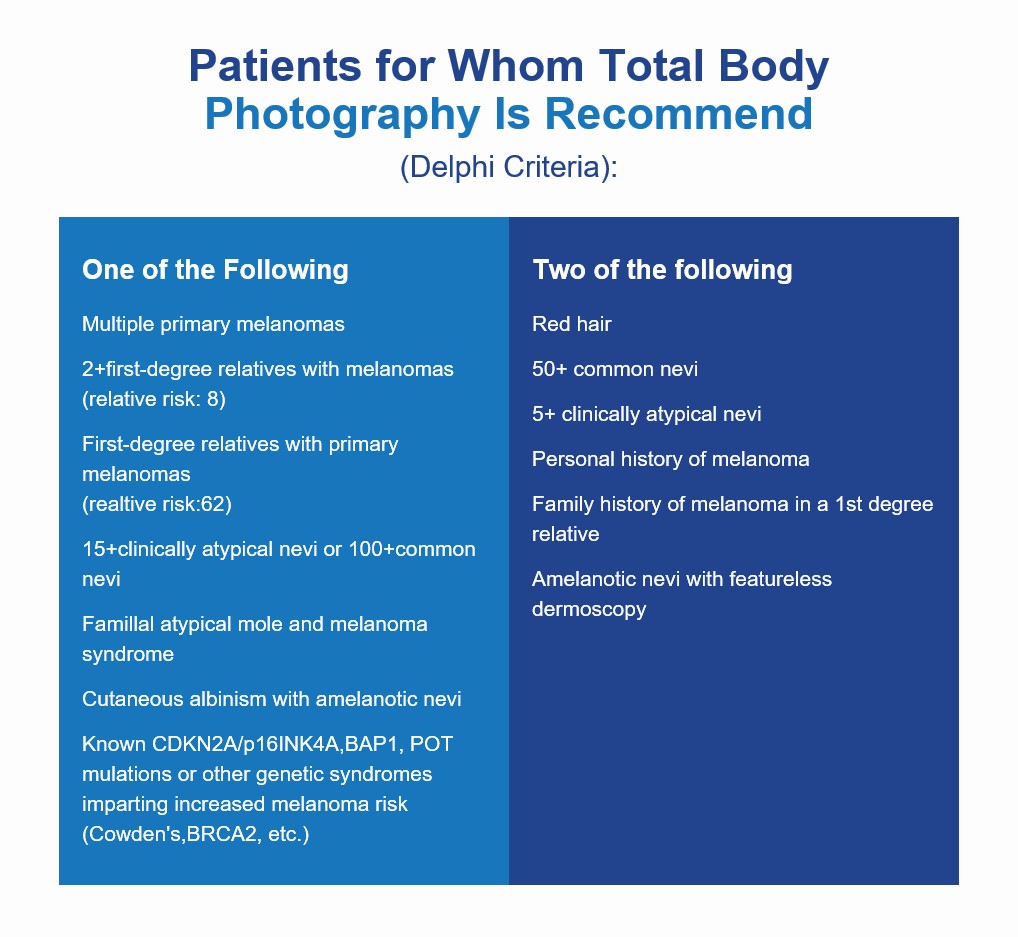Dana-Farber Brigham Cancer Center
As an extension of the Center for Melanoma Oncology at Dana-Farber Brigham Cancer Center, the Melanoma Risk and Prevention Clinic is comprised of physicians with appointments at Brigham and Women’s Hospital and Dana-Farber Cancer Institute. Our Clinic offers a seamless continuum of care to Dana-Farber for those patients requiring additional services. If a melanoma diagnosis is confirmed, we will assist in scheduling an appointment with the appropriate cancer specialist, as requested.
Our specialized dermatologists, with access to oncologists, surgeons and other specialists provide referral-based, state of the art care for patients with a history of early melanoma or are at high risk of developing melanoma. We provide up to date information, convey prognosis, coordinate treatment and follow-up for new diagnoses of melanoma. We will also offer longitudinal follow-up of high-risk patients including the use of photography. Our comprehensive clinic monitors patients with:
- Personal history of melanoma
- Family history of melanoma
- Dysplastic or atypical nevi
- Sun susceptibility including red hair-blue eyes and/or tendency to burn and freckle (including individuals who otherwise have brown hair and brown eyes).
- Extensive sun exposure including the use of tanning booths leading to high nevi burden
- Known genetic risk such as BRCA2 and CDKN2A carriers
- Congenital nevi (especially multiple or giant congenital nevi)
Artificial Intelligence-Assisted Total Body Photography with Mole Mapping
The Melanoma Risk and Prevention Clinic at Dana-Farber Brigham Cancer Center is pleased to be able to offer Artificial Intelligence-Assisted Total Body Photography with Mole Mapping to their patients. This tool can assist in the early detection of melanoma and the detection of melanomas and other skin cancers that do not fit standard clinical condition profiles.
There are many benefits of Artificial Intelligence-Assisted Total Body Photography with Mole Mapping:
- Images of new or changing spots.
- Can detect melanoma at an earlier stage, leading to a greater chance of survival.
- Reduces the need for invasive surgery for spots unchanged over time.

How It Works
- Total body photography can be performed during a designated clinic visit.
- Detailed dermoscopic images are paired to the nevi.
- Images are repeated at determined intervals and are evaluated with artificial intelligence assistance which allows for:
- Before/After image comparison and analysis to detect new or changing lesions over time.
- Machine learning database analysis of dermoscopic images of concerning lesions.
Our Locations
Our Experts